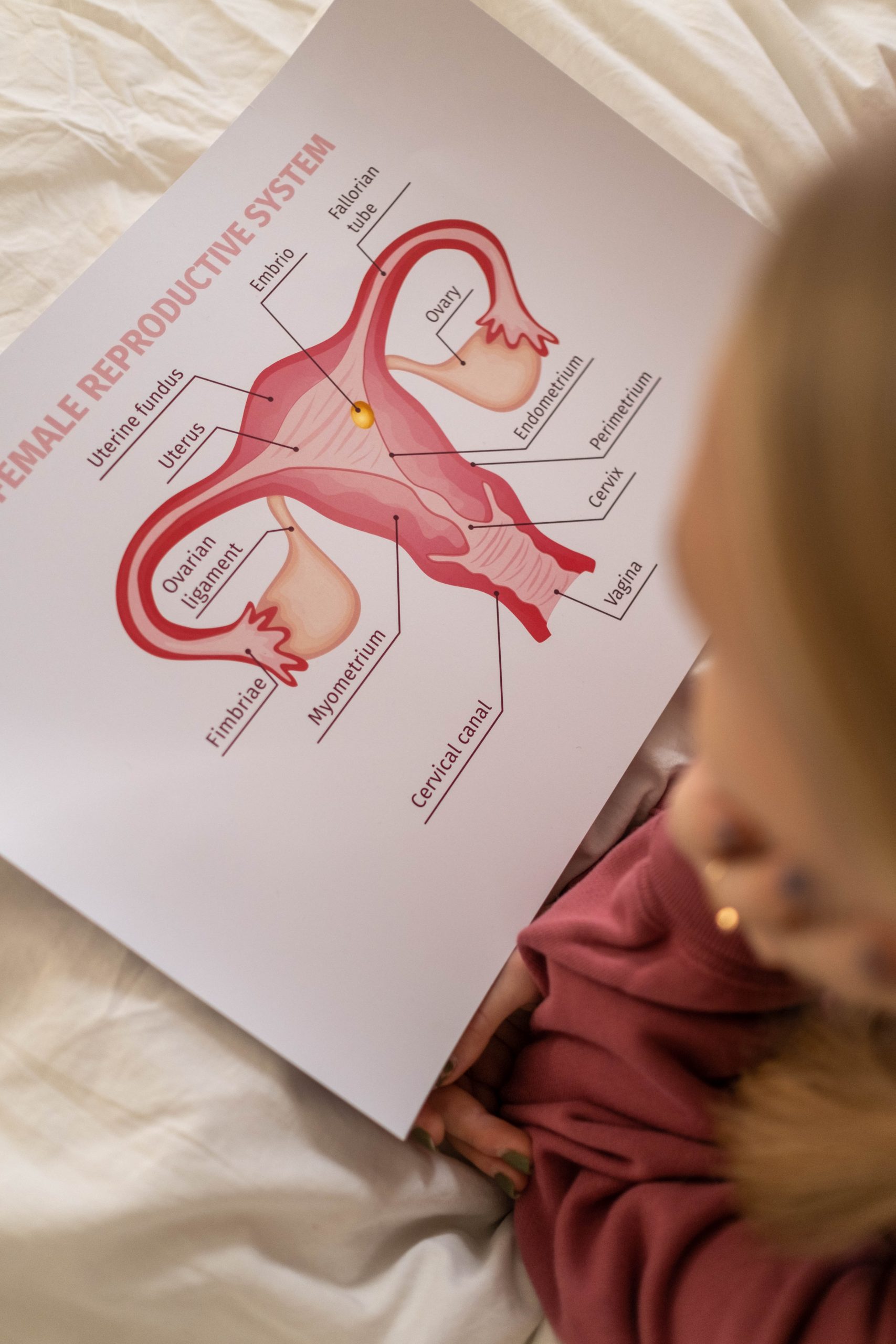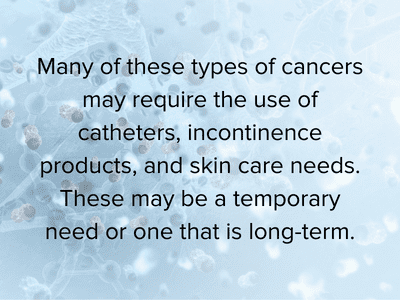Prostate cancer is a significant health concern that affects millions of men worldwide. Apart from the direct impact on physical health, the treatment and management of prostate cancer can also bring about several side effects, including bladder control problems. Incontinence, or the loss of bladder control, can profoundly impact a person’s quality of life. However, advancements in medical technology and product innovation have led to the development of home delivery incontinence supplies that can effectively help manage incontinence symptoms in prostate cancer patients.
In this blog, we will discuss prostate cancer and urinary incontinence after surgery, which can be a possible side effect, and the options available to help manage.

How Home Delivery Incontinence Products Can Help with Prostate Cancer and Bladder Control
The prostate gland is about the size of a walnut and positioned just below the bladder, in front of the rectum, and near the urethra. As a man ages, the prostate enlarges, causing the urethra to narrow and decrease urine flow. Although this is not a tell-tale sign of prostate cancer, it is a symptom that should not be ignored.
According to the American Cancer Society, prostate cancer is the second most common cancer among men, with various treatment options, including surgery, radiation therapy, hormone therapy, and chemotherapy. These treatments can have varying impacts on bladder control due to their influence on the prostate gland and surrounding tissues.
Prostate cancer and urinary incontinence issues after treatment can manifest in different ways, including stress incontinence (leakage of urine during physical activities), urge incontinence (sudden, intense need to urinate), and overflow incontinence (inability to completely empty the bladder). These issues can be distressing, affecting a patient’s self-esteem, daily activities, and overall well-being.
Home delivery incontinence supplies have emerged as a valuable solution for managing prostate cancer and urinary incontinence. These products are discreet, convenient, and tailored to individual needs, offering incontinence patients a sense of normalcy and empowerment.
These are some ways incontinence products can help men with prostate cancer and urinary incontinence problems:
Variety of Options
Various home delivery incontinence products are available in today’s market, including absorbent pads, disposable briefs, underwear, and even mattress protectors. This variety ensures that patients with prostate cancer and urinary incontinence can choose products that suit their comfort and level of incontinence protection.
Discreetness
 Incontinence products available through home delivery are designed to be discreet, allowing individuals to maintain their privacy and dignity while managing their symptoms. This aspect is particularly important for those feeling embarrassed or anxious about their condition.
Incontinence products available through home delivery are designed to be discreet, allowing individuals to maintain their privacy and dignity while managing their symptoms. This aspect is particularly important for those feeling embarrassed or anxious about their condition.
Convenience
Home delivery of incontinence supplies helps eliminate the need for frequent trips to the store to purchase incontinence products. This convenience is especially beneficial for individuals with mobility challenges or limited access to transportation.
Automatic Delivery
Many home delivery services offer customizable automatic delivery subscription plans, ensuring patients with prostate cancer and urinary incontinence receive consistent products based on their usage and preferences. These programs help reduce the stress of running out of supplies unexpectedly.
Improved Quality of Life
By effectively managing prostate cancer and urinary incontinence, individuals can regain their confidence, participate in social activities, and lead a more active lifestyle, improving overall quality of life.
Summing it Up
Prostate cancer and urinary incontinence and the treatment journey can be physically and emotionally challenging for men. Home delivery incontinence supplies offer a practical and dignified solution to help manage these symptoms, allowing individuals to regain control over their lives and embrace a sense of normalcy.
If you or a loved one are dealing with incontinence due to prostate cancer, exploring the options provided by Personally Delivered could be a significant step towards improved comfort and well-being. Always consult with healthcare professionals to determine the most suitable products and management strategies based on individual circumstances.
Best-Selling Men's Incontinence Products
Disclaimer: The information provided in this blog is intended for general informational purposes only and should not be considered a substitute for professional medical advice, diagnosis, or treatment.







 There are some signs of a prostate problem, but they do not necessarily mean that you have cancer. Some of the warning signs of a prostate problem that can affect the urinary system and should not be ignored include:
There are some signs of a prostate problem, but they do not necessarily mean that you have cancer. Some of the warning signs of a prostate problem that can affect the urinary system and should not be ignored include: Cancer of the prostate can be detected early through a digital rectal exam or a blood test that measures the amount of a prostate-specific antigen in the blood (PSA blood test). According to the
Cancer of the prostate can be detected early through a digital rectal exam or a blood test that measures the amount of a prostate-specific antigen in the blood (PSA blood test). According to the 








 Yearly mammograms are the best way to detect breast cancer’s early stages when it is easier to treat. The USPSTF recommends women get mammograms at the following ages:
Yearly mammograms are the best way to detect breast cancer’s early stages when it is easier to treat. The USPSTF recommends women get mammograms at the following ages: The American Cancer Society (ACS) recommends people with an average risk for colorectal cancer start regular cancer screenings at age 45. Simultaneously, the U.S. Preventive Services Task Force (USPSTF) advises beginning screening at age 50. Those with an increased risk for colorectal cancer due to family history may need cancer screenings at an earlier age.
The American Cancer Society (ACS) recommends people with an average risk for colorectal cancer start regular cancer screenings at age 45. Simultaneously, the U.S. Preventive Services Task Force (USPSTF) advises beginning screening at age 50. Those with an increased risk for colorectal cancer due to family history may need cancer screenings at an earlier age. Endometrial cancer forms in the lining of the uterus. Endometrial cancer is often cured by early detection and surgical removal of the uterus. After reaching menopause, women who have abnormal bleeding or spotting should tell their doctors. Your doctor may order cancer screenings to help detect endometrial cancer.
Endometrial cancer forms in the lining of the uterus. Endometrial cancer is often cured by early detection and surgical removal of the uterus. After reaching menopause, women who have abnormal bleeding or spotting should tell their doctors. Your doctor may order cancer screenings to help detect endometrial cancer.
